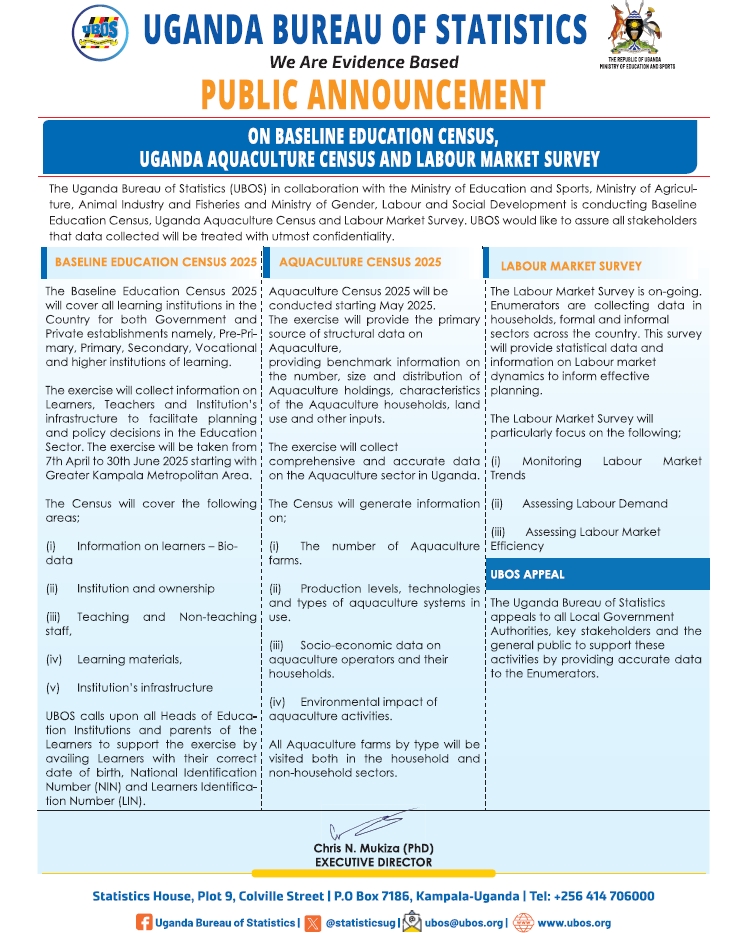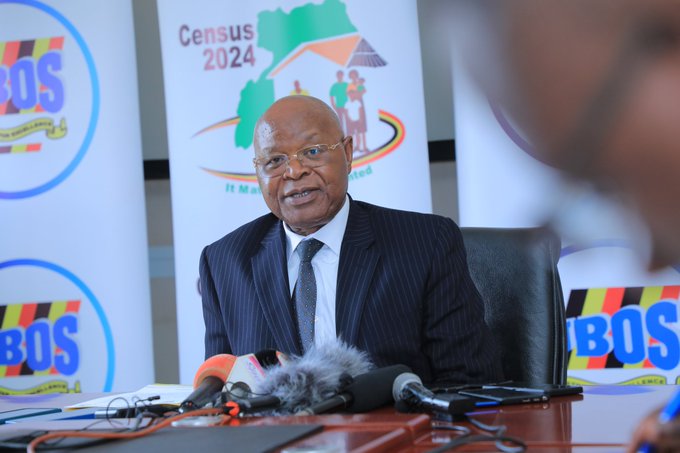Kigezi Sub-region population has risen by 30% Uganda Bureau of Statistics 2024 census report has revealed.
The report, released in June, shows the region’s population has grown by 30% over the last decade from reaching 1,787,231 people compared to 1,376,774 in the 2014 census.
According to the report,Kisoro district now has the largest population within the sub-region, with 433,662 residents.
The six districts that make up Kigezi sub region lnclude Kigezi: Kabale, Kanungu, Kisoro, Rubanda, Rukiga, and Rukungiri.

Key challenges identified
While the average household size is 4.2 people, a significant 33% of households are stuck in a subsistence economy, producing food only for themselves. This is tied to broader food insecurity, which affects 39% of households.
Infrastructure and public services also present a mixed picture. Although 72.3% of households have access to an improved water source, only 30.8% have access to improved sanitation facilities, posing a potential public health risk.
The report further puts the unemployment rate for those aged 15 and above at 8.1% of which 31.4% of youth between 15 and 24 are not in employment, education, or training.
In terms of digital divide the report indicates that Internet usage is very low at just 5.6% of the population.
While mobile phone ownership is more common at 45%, the slow adoption of modern technology could hinder future development in the sub-region.
The most recent national census in Uganda was conducted in May 2024 by the uganda Bureau of Statistics (UBOS) from 9th May to 19th May 2024.
This was the first digital census in Uganda’s history, utilizing tablets for data collection.
The President of Uganda, His Excellency Yoweri Kaguta Museveni, launched the NPHC 2024 activity on December 12th2023. After every 10 years, Uganda holds a national census and the last one was carried out in 2014.
According to the Uganda Bureau of Statistics (UBOS), as of May 2024, Uganda’s population was 45,905,417 growing from population of 34.6 million in the 2014 census


